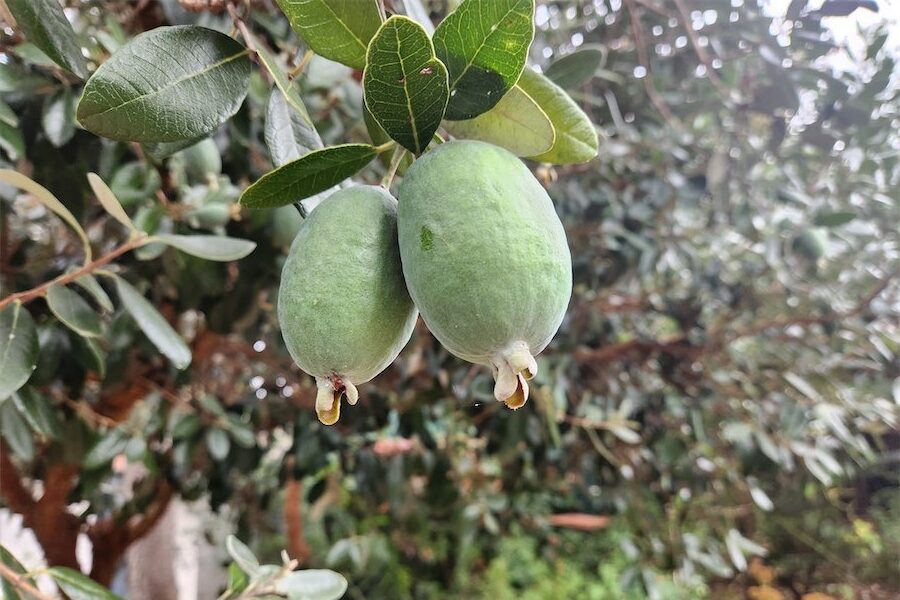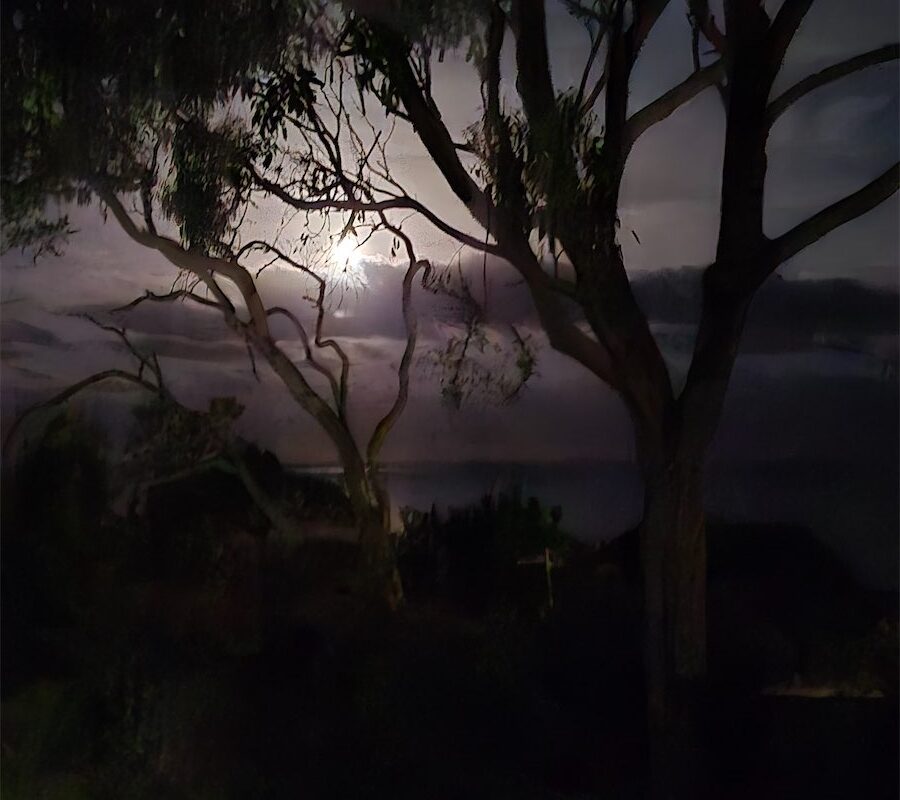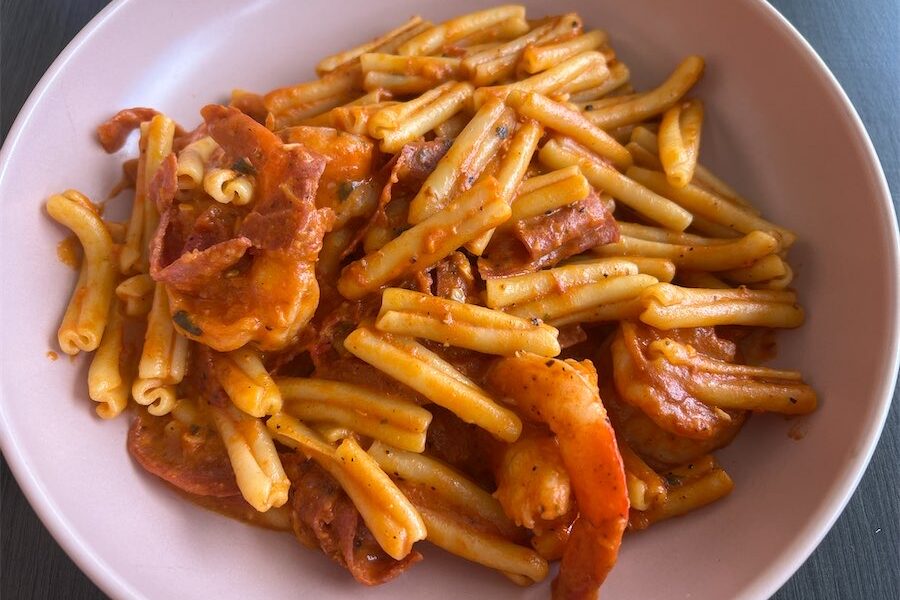At its 60th anniversary, “Yesterdays” columnist NICHOLE OVERALL shares some of the social and physical history of the Harmonie German Club.
THE towering slab of pockmarked, graffitied concrete is illuminated against its darkened backdrop by a single spotlight.

The letters “FATRE” and perhaps the numbers “5” and “7”, a cross in between, feature on one side: that which once looked west. The blemish-free other faced Soviet-occupied East Berlin – for this is a partition from that infamous “96-mile” wall that, from 1961 until 1989, surrounded and separated West Berlin.
Five years after US President Ronald Reagan encouraged his Russian counterpart Mikhail Gorbachev to “tear down this wall” in 1987, the Cold War remnant came to stand proudly in the Narrabundah car park of the Harmonie German Club, which has just celebrated its 60th anniversary.
Three years after the wall’s official demise, the segment was unveiled on October 3, German Reunification Day. Grainy newspaper photos show it adorned with considerably more graffiti.

Almost as much as the barrier itself, this was the manifestation of a city – and country – carved up among Allies and ideologies after war: an “Iron Curtain” signalling Western freedom to express, communicate, live, versus the dictatorial dystopia of Communism.
According to Harmonie Club manager Paul Berger, he’s unaware of modifications to the markings.
“I understand it to be the original graffiti and while I hadn’t seen that photo, it might simply be a reflection of how long it’s withstood the elements.”
In situ close to three decades, earlier media reports claimed uncertainty as to how this tangible fragment of time wound up in the capital.
Paul believes details may have been confused with a concurrent mystery.
The Canberra portion of what the GDR termed the “Antifascist Protection Rampart” was secured by long-serving club president Guenther Koerner.
Over three-and-a-half metres tall, two metres wide and heavier than three tonnes, it came from near Berlin’s primary entry point, the Brandenburg Gate.
This was one of three sections to reach Australia. A Sydney residence housed one; another disappeared until 2019 when it was found tucked away in a Blacktown warehouse, significance unrecognised. It was rescued and installed at Woollahra.
The third headed down the Hume Highway for the nation’s First City to become its final place of refuge.
The story of the Harmonie Club and the refuge it provided a community far from what they knew, is similarly compelling.
Seventy years ago 150 German carpenters set down their traditional Tyrolean hats to make Canberra home. Not only for themselves – brought out by building company AV Jennings to construct 1800 or so houses in the Australian capital.
The hand-picked men were needed in the absence of enough resident qualified tradesmen.
The guns of World War II barely silenced, simmering hostility was easily stirred. A “Canberra Times” report stated: “Former Nazis were being brought into Australia as migrants.”
This “anti-German” sentiment was raised in Parliament by Les Haylen, Labor Member for Parkes, celebrated writer, “committed socialist” – and once a Gundaroo dweller.
Dealing with such resistance plus language and cultural barriers, the strong work ethic and “outstanding technical skills and education” of the new recruits cemented their place.
The Jennings Germans, as they’d come to be known, completed their contract in two years.
They’d be joined by many from around the globe who’d contribute to one of the “civil engineering wonders of the modern world”: the Snowy Mountains Hydro Scheme.
And the Jennings Germans recognised the need for a little piece of their former home in the guise of a community club.
Kicked off in 1961, in an uncanny coincidence, the opening was October 3, 1964 – 26 years before that day became a German holiday symbolising unity.
“I can’t say why that particular date was selected, and I’d never made the connection, but it is remarkable given its later significance,” agrees Paul.
The club boasted a popular band and successful choir, quickly becoming the leader in Canberra’s proliferating migrant clubs.
There’s still those who recall grooving on the auditorium’s parquetry floor to Australian music royalty, Johnny Farnham, Air Supply and AC/DC among them.
Other draw cards included “one of Canberra’s best kept shooting secrets – a 10-metre, indoor, air-rifle range” in the building’s bowels.
Paul says it’s still there but was last used in 2014.
“It’s a large area, essentially the mirror of the auditorium above but with pillars. At this stage, renovations have begun to convert it to office spaces.”
There’s another mystery as well, one he’s keen to have public help with.
A 1977 Jennings Germans reunion, attended by their boss Sir Albert V Jennings, featured a painting by Max Beer of Hughes depicting early-1950s Canberra.
“We don’t know what happened to that painting or where it went,” admits Paul.
“I was tasked with trying to track it down and I’ve searched for it extensively only to, so far, come up empty-handed. At this point, its whereabouts are unexplained.”
“If anyone has any idea, we’d really love to hear from them as it’s an important piece.”
Not content with assisting craft the social, cultural and urban landscape of a nation’s capital, some of the remaining Jennings Germans were responsible for yet another local phenomenon: Oktoberfest.
It’s delighted crowds every year – except COVID-riddled 2020. This year it returns to Queanbeyan, host since 2017.
And so, in honour of the German cheer that went up at one of the most powerful moments in 20th century history when a city and a country was brought together once more: “Tor auf” – or, “open the gate”!
More of Nichole’s work at anoverallview.wixsite.com/blog
Who can be trusted?
In a world of spin and confusion, there’s never been a more important time to support independent journalism in Canberra.
If you trust our work online and want to enforce the power of independent voices, I invite you to make a small contribution.
Every dollar of support is invested back into our journalism to help keep citynews.com.au strong and free.
Thank you,
Ian Meikle, editor








Leave a Reply